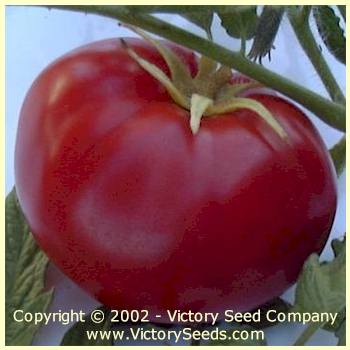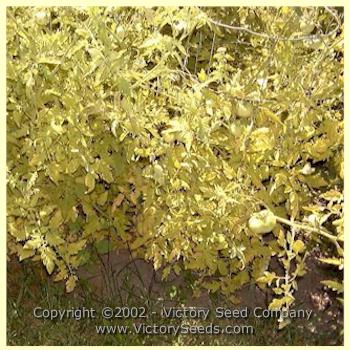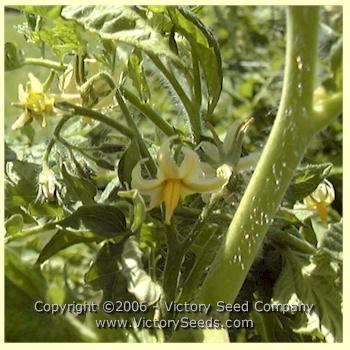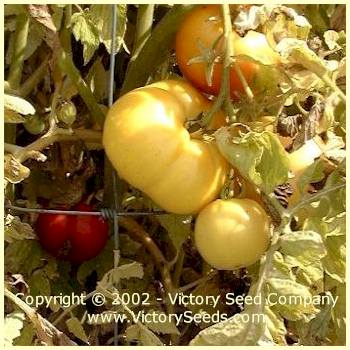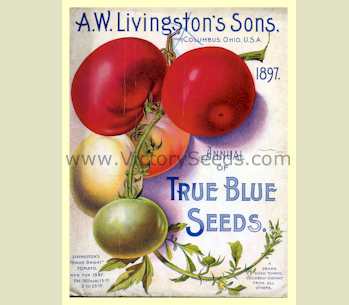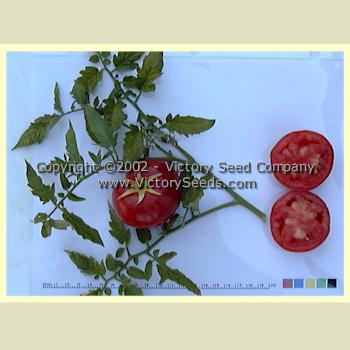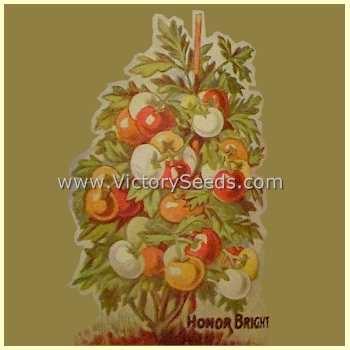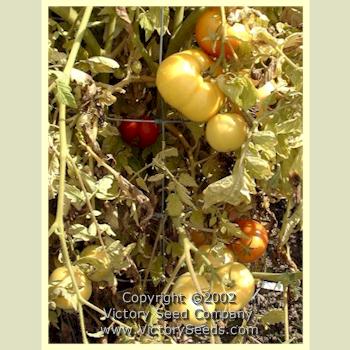Livingston's Honor Bright Tomato
Livingston's Honor Bright Tomato
Regular price
$2.95 USD
Regular price
Sale price
$2.95 USD
Unit price
per
Shipping calculated at checkout.
Couldn't load pickup availability

Honor Bright
90 days, indeterminate — 'Honor Bright' has some interestingly unique genetic traits. Its regular leaf foliage exhibits a yellowish, almost fluorescent-green hue as it grows. Initially you might think that the plants are sick or lacking some nutrient. This is not the case and can be attributed to a specific genetic trait. Another unusual trait is that the flowers are cream colored and not yellow like typical tomato varieties.And finally, when it begins ripening its medium sized fruit, the color change process is also an unusual show. Instead of quickly going from a typical immature green to a variety's mature color, 'Honor Bright' slowly progresses through a very specific sequence turning from green to white to yellow to orange to red. A very unique and interesting tomato.
According to Alexander W. Livingston, 'Honor Bright' was, "A Peculiar Bright Red Variety, which first appeared in the form of a single 'sport' plant in a large field of Livingston's 'Stone' Tomato in 1894."[2] After growing it for a few years for observation and to raise a seed crop, he released it to the public in 1897. The seed annual described it as follows:
"It differs from every other Tomato of which we have any knowledge, and for the past thirty years we have aimed to grow all varieties as soon as introduced to the public. It is most peculiar in its habit of ripening, and in the firmness of its fruit. The habit of the plant is very much the same as of other varieties, except that the foliage and vines are of a peculiar greenish yellow color. If picked in the middle stage of ripening, it is the longest keeper of any—hence, a good one for long distance shippers. We have kept them for two weeks after picking, and then they ripened in excellent flavor and color, and for four weeks before decay set in. The past season we had two crops, one on rich, highly manured upland, the other on rich river bottom land, and not a single tomato was found with a skin crack, even after the exceedingly heavy rains of the past summer."[1]
VSC Notes: The original seed sample that we received from author and tomato authority Craig LeHoullier was labeled as 'Lutescent', which is simply defined as "yellowish." The chain of custody for this variety is as follows: Craig (NC LE C) received a sample from seed saver, Bill Ellis (PA EL B), in 1994. Bill listed his source as being Will Bonsall (ME BO W) who had requested it from the USDA's National Seed Storage Laboratory.'Lutescent' matches the description of 'Honor Bright' and is presumed to be one in the same. Each packet contains approximately 20 seeds.
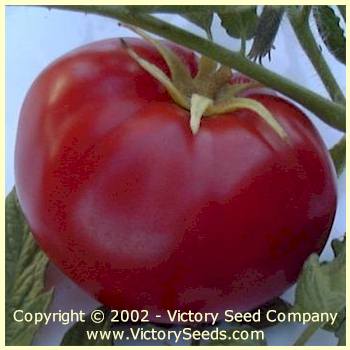
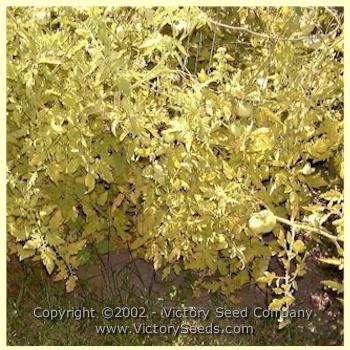
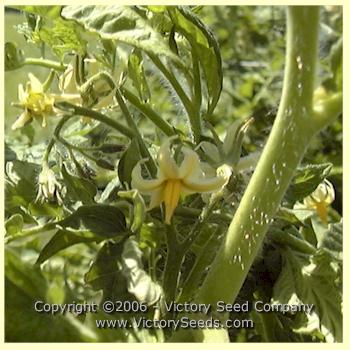
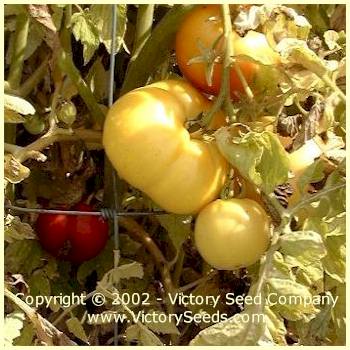
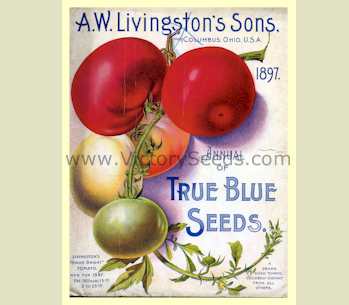
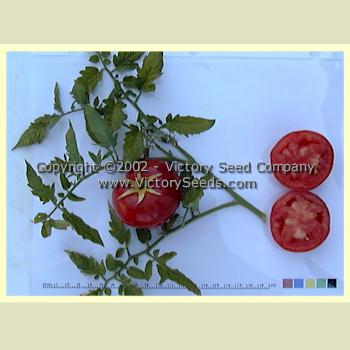
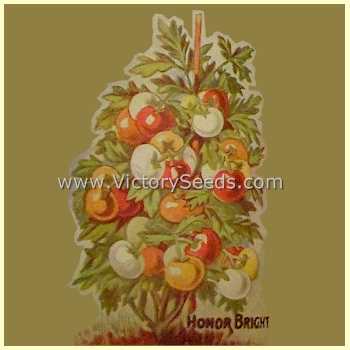
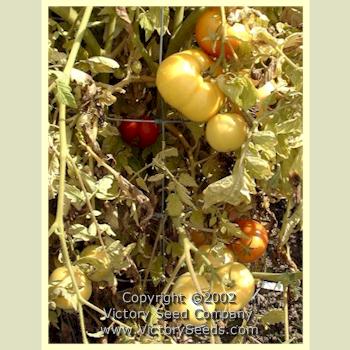
Informational References:
- "Annual of True Blue Seeds," A. W. Livingston's Sons, 1897.
- "Livingston's Choice New Vegetables for 1897," A. W. Livingston's Sons, 1897.
Explore our vegetable collections:
[ Artichokes | Asparagus | Beans | Beets | Broccoli | Sorghums | Brussels Sprouts | Cabbage | Cantaloupe | Carrots | Cauliflower | Celery | Collard Greens | Corn | Cucumber | Eggplant | Endives | Gourds | Kale | Kohlrabi | Leeks | Lettuce | Mesclun Mix | Mustard Greens | Okra | Onions | Parsley | Edible Pod Peas | Garden Peas | South Peas | Hot Peppers | Mild Peppers | Pumpkins | Radishes | Rapini | Rhubarb | Salad Greens | Salsify | Summer Squash | Winter Squash | Swiss Chard | Tomatillo | Tomatoes | Dwarf Tomato Project | Turnips | Watermelons ]

